Interview: Susan Burnstine - Lyrical Worlds
"Across Old Albion Road"
Susan Burnstine is an internationally exhibited and published fine art photographer hailing from the great city of Chicago, now based in Los Angeles. In addition to her photography, she is often found writing for various photography publications, most notably, a monthly column in Black and White Photography Magazine (UK). With over 25 solo exhibits conducted on an international scale, her work is included in many museum and private collections, including The Museum of Photographic Arts in San Diego, The Museum of Fine Arts in Houston, and The Candela Collection in Richmond. Burnstine’s first monograph, Within Shadows, was published by Charta Editions in September 2011, and was selected for Photo-Eye’s Best of 2011 book list. Her second monograph, Absence of Being, was was published by Damiani Editore in Fall 2016 and earned her Best In Show at the 2017 International PhotoBook Awards.
You would be wise to spend a prolonged period of time examining and enjoying the photographs of Susan Burnstine. An individual would only have to see one before becoming hooked on the lyrical worlds she creates, which she has spent most of her life perfecting. What began as an outlet to help her cope with dreams and night terrors associated with a traumatic event at just four years old, her artistic abilities have developed into both a healing process for herself and as inspiration to other artists for her ability to compose stunning and ethereal images from her experiences. She is a master of taking her subconscious and forging it into an incredible array of conceptual landscapes and unforgettable scenes.
Her choices, intuitions, and experience have made her a sought after workshop instructor in recent years, adding even more to her accomplishments and skill set. Her teachings delve into the inner psyche to reveal reasons and intuitions about oneself in order to manifest the actions necessary to construct a personal narrative. Susan conducts her workshops internationally, though quite often can be found teaching at the Los Angeles Center of Photography, Santa Fe Photo Workshops, or Maine Media Workshops. Her full workshop schedule can be found here.
While her work is visually stunning, for many, it is also her methods that elicit an interested and curious response. Susan has taken the idea of analog methods to new heights by not simply using film to create her artistry, but by building the actual cameras used to shoot that film. We’re not talking pinhole cameras either. Susan uses plastic, vintage camera parts, and random household objects for these constructions. To date, she has build a total of twenty-three different and unique cameras in order to give her photographs the specific look required to illustrate her vision. These cameras capture her images entirely in-camera, with no compositing, filtering or digital manipulation whatsoever. Each one has its very own personality that requires a focused instinct to learn and apply accordingly.
A particular sensitivity to the process Susan uses in her work comes from thoroughly testing her homemade camera creation with her film of choice. It is especially worth noting that her use of film and analog methods are not merely a means to an end, but a tool of creativity used with intention found in the strongest and most deeply meaningful bodies of work. Her choices used in the creation of her art are thoughtful and deliberated extensively, all for grasping the mood and intensity found within her imagery.
For the last 12+ years Susan has been creating her photographs exclusively in black and white, which reflected the way she dreamt through the night, until recently that is. In 2016, Susan began to have spots of color invade her dreams, which through her artistic process of introspection resulted in her creating and introducing a new collection of images in color. These images bear the signature look of a Burnstine original, but this vivid, yet subtle addition gives her imagery a new playground to explore. It is with this information that we have had many questions for Susan, and welcome you to read her latest interview about the work and process that has brought her so much well deserved attention.
Connect with Susan Burnstine on her Website and on Instagram!
"Lost Highway"
"Into The Headlands"
"East Of State"
"Leaving Harlem"
Interview
Michael Kirchoff: What has led you down a photographic road in your creative pursuits? Was photography something you chose to do early on, or was it something that came later in life?
Susan Burstine: To explain this fully, I have to back up and start with my motivation for making these images as that directly informs the technical approach to my work. I’ll start by explaining that my work is born from a merging of conscious and unconscious manifestations. My process actually began when I was four years old. After a severe trauma I began suffering from night terrors that would stay with me for days. Often, I would walk around unsure if I was dreaming or awake as the lines between my conscious and unconscious world remained blurred. My mother was an artist, musician and a very smart woman for coming up with a means to assist me in coping with this trauma. She taught me to recreate my nightmares and dreams through art. We’d sketch, paint, hodgepodge, sculpt, etc. to work out the recreation of my dream and it helped me process the damaging effects.
When I was eight years old my mom encouraged me to begin shooting with some of her vintage cameras. My mother was a talented artist; musician and I suspect she was also a frustrated photographer. She documented most of my early childhood with 126 instamatics, a vintage Polaroid that worked intermittently, and an optically unappealing Pentax 110 that was always buried at the bottom of her purse. She never thought or cared to protect the optics for her cameras, so the lenses were typically dirty or scratched, which resulted in grainy, blurry, imperfect photographs. Perhaps that’s how a developed a respect for bad optics.
After we got back the photos from that first roll of film, she looked through the prints, turned to me and announced, “You’re going to be a photographer.” And from that day on, my fate was sealed. I became obsessed with making pictures, so when I was eleven, my dad built me a darkroom in the basement next to his beloved tool closet. I spent most of my high school years inhaling photo chemicals in that darkroom.
MK: You spent a period of time in the commercial photography world, but later decided to pursue things in a more fine art arena. What changed for you, and why?
SB: It became about taking pictures, not making pictures so I had to walk away. I left photography behind me for many years, worked in the entertainment business for many years, and then found myself back in photography after my mother was tragically killed. I couldn’t cope being around the falseness of the entertainment world, so I slowly reinvented myself and through a series of missteps and random chances ended up as a fine art photographer without even knowing what it entailed or meant.
What happened was after my mother died, my night terrors (which had left for many years) came flooding back and I needed a way to cope. Photography reemerged in my life and I decided to use it as a vehicle to interpret and cope with my night terrors, much like my mother taught me to do years before. I attempted to use every conventional camera I could find, but nothing emulated my unconscious world. After stumbling onto toy cameras, I was intrigued, but they have a regimented style that didn’t quite communicate what I was trying to achieve. I communicated my frustrations to my father who subsequently inspired me to make my own cameras. My father was successful in many careers in his life, including an engineer and inventor, so he taught us early on that if it didn’t exist, just create it. So I did.
So I spent the next year tearing apart various toy cameras and rebuilding them to teach myself how to create a camera. Then I created my first prototype homemade lens, followed by my first homemade camera and lens. To date, I have made 24 homemade cameras and lenses.
MK: Being that this is an analog photography venue, I have some specific interests in that regard. Do you feel like analog methods of creating your work are the only way to go? Was it an easy decision to take this route, and do you think it will always be how your photographs are made?
SB: Yes, absolutely. Making an analog camera is one thing. But making a digital is quite another. I have no interest in computer sciences so creating an analog camera is the only option for me. Most importantly, I love film. I love everything about it. It’s a tactile entity that you can hold rather than conceptualize in ones and zeroes. That said, I love my dslr, but I just can’t use it to create my personal art at this time.
MK: You’ve taken things to an extreme level in not just keeping things analog with the materials you use to create your work, by building your own low-tech cameras in order to convey your photographic vision. What led to this decision with so many wonderful image-making devices out there? Oh, and let’s not forget the names you give them!
SB: Ah, read my diatribe above. But yes, I name my cameras after famous musicians. Each camera has a specific trait such as the sound of the shutter, the sound the take up spool makes or just it’s overall physical appearance and those traits remind me of an artist that I name the camera after. For example, my camera named John Lee Hooker has a sad shutter that makes a sound like “muah, muah, muah” and that reminded me of John Lee, hence the name. My first prototype is still one of my favorites and his name is Johnny Cash because that camera is an imposing looking camera that has more hits than misses much like the infamous Man In Black. Other favorite cameras are, Koko Taylor, Muddy Waters, Ray Charles, Howling Wolf, Louis Armstrong, Miles (Davis), Jimmy Page, Aretha (Franklin), Peter Gabriel, Trent Reznor, and Jack White… And some of my favorites who have gone to camera heaven are PJ Harvey, James Brown, Buddy Guy and Stevie Ray Vaughn.
"Amidst The Rains"
MK: Did you also go through an extensive testing process in regards to the film you use in your handmade cameras? Is there a favorite that you prefer?
SB: Yes, I tested countless films and developers until I landed on a few favorites. For black and white, I almost always use Ilford FP4 developed in Ilford Perceptol, 3 to 1. For my color work it was difficult, but I didn’t have nearly as many choices since we have so few left on the market. I tested a few, but like Portra 160 the best unless I’m lucky enough to find some expired Fuji NPS or NPC 160 both of which work great with my homemade cameras, but sadly it’s no longer.
MK: Even with a great deal of talent and hard work, it often takes personal relationships, reaching out to others, and making opportunities for oneself to make a career. I know you know what I’m talking about, and I’d love you to tell the story of how you received gallery representation for the first time, because I believe it strikes at the heart of knowing when to go for it as an artist.
SB: Well, to be honest I stumbled into being a fine art photographer. I had no clue what it meant to be one or anything related to the profession. I was just creating these images for myself as a means to cope with and understand my night terrors by reinterpreting them in images.
After I began to see a consistency in my style and approach, I started a blog to post my images, which helped me build a small online following/community. And during that period, I happened upon the work of an incredible photographer named Dave Anderson. He had just released his book Rough Beauty, which won tons of awards and to be frank, his work blew me away. The images cut right through me. They were stunning, poignant and even heart breaking at times.
I can’t exactly recall how Dave and I began emailing back and forth, but I think it started when a mutual fan suggested I get in touch with him, so I wrote him a fan letter. And sometime around then, someone told me about Photo LA and I decided to attend to see what artists the galleries were exhibiting. I should clarify that at this time, I didn’t create the work to become a fine art photographer. Matter of fact, I had no idea what that term meant. I just attended Photo LA to see some work that might inspire me.
As I was walking through Photo LA 2007, I saw Dave Anderson walking by with Alec Soth, who was and still is a mega star. I was so excited to see Dave that I literally shouted out, “OH MY GOSH YOU’RE MY FAVORITE PHOTOGRAPHER” and they both turned to me. Me being me, I just blurted out “DAVE ANDERSON” in response to that set up and realized I had just unintentionally put my foot in my mouth as I didn’t mean to disrespect Alec, I was just so excited to see Dave since his work thrilled me. I turned to Dave and told him who I was and he was so kind to me. He asked if I happened to have any prints with me, since he had only seen jpegs on my website. Sometime told me to put prints in the trunk of my car that day. Called it divine intervention or just intuition, but it was a good thing I did. I gave Dave his own personal trunk show of sorts from the trunk of my car in the parking lot at Photo LA. Dave liked what he saw, so he snuck my portfolio into the fair, introduced me to my first gallery representative and the rest is history. I owe everything to Dave, who has become a very dear friend over the years.
MK: Knowing the traumatic reasons (and if you care to touch upon this) behind so many beautiful images you create, I have to wonder how these negative aspects are turned so positive and rewarding. Do you ever think about the psychology behind why this happens?
SB: Constantly. Creating my images is a form of very necessary therapy. My mom always taught me to reinterpret the terror from my dreams and the very real memories that sparked them into a beautiful or positive experience. Which is why the motivation of my work comes from a terrifying place, but the final images express great beauty within the haunted resonance.
MK: Was there a specific point in time where you felt that you had found your voice in photography and became satisfied with the direction of your work? Do you ever truly find yourself in a good place with your images, or are you always searching for more?
SB: Cripes, no. My motivation for creating the work is based in finding a way to cope and survive… to move through life and exist despite the ghosts that drive it. It’s challenging to find satisfaction in any aspect of that type of creative process. That said, I have learned how to step away from the process of creation and just look at the final image from a core, emotional place. By doing that, I have been able to become proud of what I created. For example, one of my favorite images I’ve ever created is entitled Hubbard & Wells, 9:18am. The image was shot on my fiftieth birthday and the location has a long history for me from my childhood growing up in Chicago. There’s a very dark, complicated history to shooting that image and the pain was immense, but in time, I was able to look at the image for the image rather than the motivation or experience of shooting it. And that allowed me to fall in love with it for what it was… one of my very best black and white images to date.
MK: You’re known primarily as a black and white shooter, but you’ve recently released new work that is in color. The Susan Burnstine signature is still very much apparent in every photograph, and I wonder how or why this progression of your work has occurred?
SB: Well, now that’s another long story. I have always dreamt in black and white. Always. But in 2016 a series of events occurred and I started seeing spots of color in my dreams for the first time. But why? I became extremely distressed but this change because for me, black and white is how I truly see. Much like Dorothy in The Wizard of Oz, it’s my home and it’s reality to me. Whereas color has never been real to me and it’s not how I naturally see or visualize.
What makes this even more baffling is that dream researchers have found that people who were born before the age of television or have never had access to it, dream in color. People who were born during the age of black and white TV, dream in black and white. And people who were born in or after 1966 when broadcast TV switched to color, dream in color. I’m an anomaly.
I was born in 1966 when the NBC peacock brought “living color” into everyone’s living rooms. I witnessed monochrome programs magically transform into reds, greens, yellows and blues. I was awestruck by the implausible appearance of these vivid hues, which became imbedded in my memory as the most perplexing and fantastic canvas of my childhood. What’s more, my family owned the first television business on the North Shore of Chicago and a Zenith Chromacolor TV blazed in every room of our home. Yet still, I viewed the world in black and white until the unsettling events of 2016 made it too hard to look at life in such a real sense. I had to escape, much like Dorothy escaped to Oz. And the color came flooding into my dreams. How long they will be there, no one knows. And because my creative process is to shoot what I experience in my dreams from the night before, my images have transformed into color.
"Rain Over Abiquiu"
MK: Your photographs have been the source of inspiration for so many, but what is it that inspires you? Do you have other creative outlets?
SB: I’m also a writer, so some of my inspiration comes from the written word. Film/Movies have been a big part of my life and career, so I find a lot of inspiration there. Music is a great source of inspiration… But my great loves or what inspire me the most -- My dog, animals and animal rescue, the natural world, hiking…
MK: Do you study what others are doing, and do you find their influence in your own image making?
SB: I have my eye on what others are doing because I’m also a columnist/writer from Black & White Photography Magazine (UK) and I’m always looking for inspired work to either write about or include in a show I’m asked to curate. I’m also looking because I’m a teacher and I want to find new work to inspire my students all the time.
Photography hasn’t had the greatest influence on how I see, but the great painters, specifically the impressionists along with Andrew Wyeth, Vermeer and Japanese etching, has offered a huge amount of creative inspiration. And great filmmakers and screenwriters are also a huge influence on me – Michael Gondry and Charlie Kaufman’s Eternal Sunshine Of The Spotless Mind is a masterpiece that continues to inspire.
MK: After a great deal of success in the gallery world, you increased your workload to begin teaching workshops. What led you down this road and why?
SB: It was a natural progression since I love to help others dig deep and find the answers on how to express what is most meaningful to them. My workshops are unique in that I use a lot of techniques that helped me become an artist, but they aren’t typically taught in photography. And the process I teach my students is extremely powerful and works amazing for those who are willing to look deep and have courage to create what is driving them to be an artist. I truly love teaching and am honored to have the chance to work with every student of who takes my class.
MK: In addition to building many gorgeous bodies of work, teaching workshops, and writing, you also somehow found the time to release two monographs of your work. What was this process like, and do you feel that it informed or changed any aspect of how you photograph now?
SB: Thank you, Michael. Well, books are a whole different can of worms. Creating a monograph is an extremely stressful experience from selecting a publisher, to deciding on a designer and design approach, raising funds, marketing, PR… you have to be your own cheerleader and small business owner. And it takes over your life for 8 months to a year. My two books were very different experiences, but I can say that the second monograph Absence Of Being was a far more rewarding, but far more difficult and all encompassing experience. I’m very proud of that book, but I won’t go into too many details beyond that. I don’t think either book changed any aspect on how I photograph beyond taking a lot of time from creating the work and instead worrying about every aspect of creating the book.
MK: I always like to ask those with a lifetime of experience in photography if they have any thoughts or advice for those willing to take the plunge into photography as a career. Any words of wisdom?
SB: Some of my favorite words of wisdom are what I always tell my students -- Shoot with your heart, not your head and learn to make pictures, not take pictures.
MK: Lastly, after the introduction of your latest color work, is this something that we will continue to see more of? Is there anything else that we should keep our eyes open for?
SB: Your guess is as good as mine…more color? My dreams dictate what you see in my images so it’s hard to estimate what my subconscious is up to from one minute to the next. Best I can surmise would be that the answer to your question lies deep within my dreams.
Thank you, Michael.
Gallery
ABOUT THE AUTHOR
Michael Kirchoff is a photographic artist, independent curator and juror, and advocate for the photographic arts. He has been a juror for Photolucida’s Critical Mass, and has reviewed portfolios for several fine art photographic organizations and non-profits in the U.S. and abroad. Michael has been a contributing writer for Lenscratch, Light Leaked, and Don’t Take Pictures magazine. In addition, he spent ten years (2006-2016) on the Board of the American Photographic Artists in Los Angeles (APA/LA), producing artist lectures, as well as business and inspirational events for the community. Currently, he is Editor-in-Chief at Analog Forever Magazine, Founding Editor for the photographer interview site, Catalyst: Interviews, Contributing Editor at One Twelve Publishing, and the Co-Host of The Diffusion Tapes podcast.

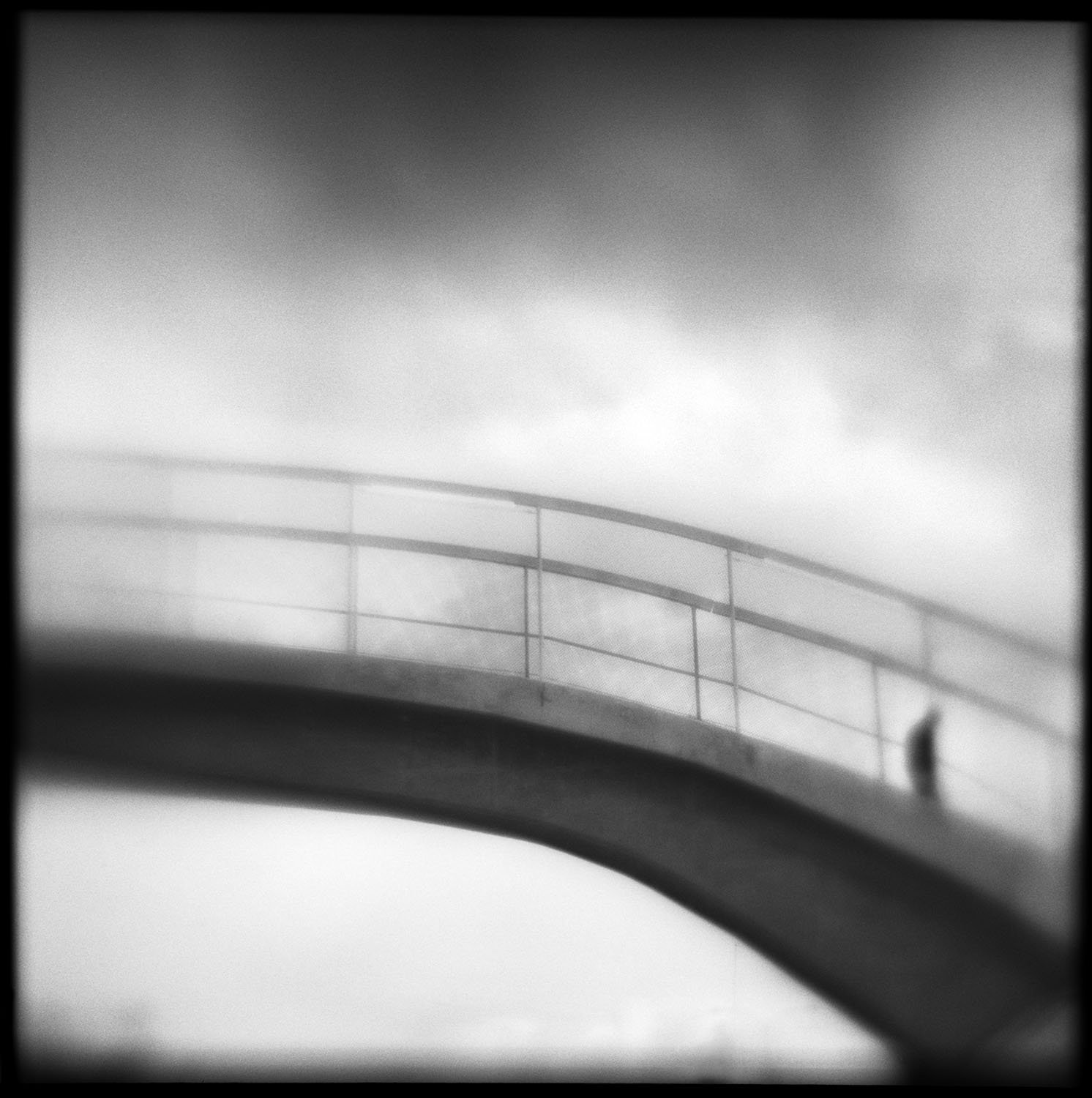
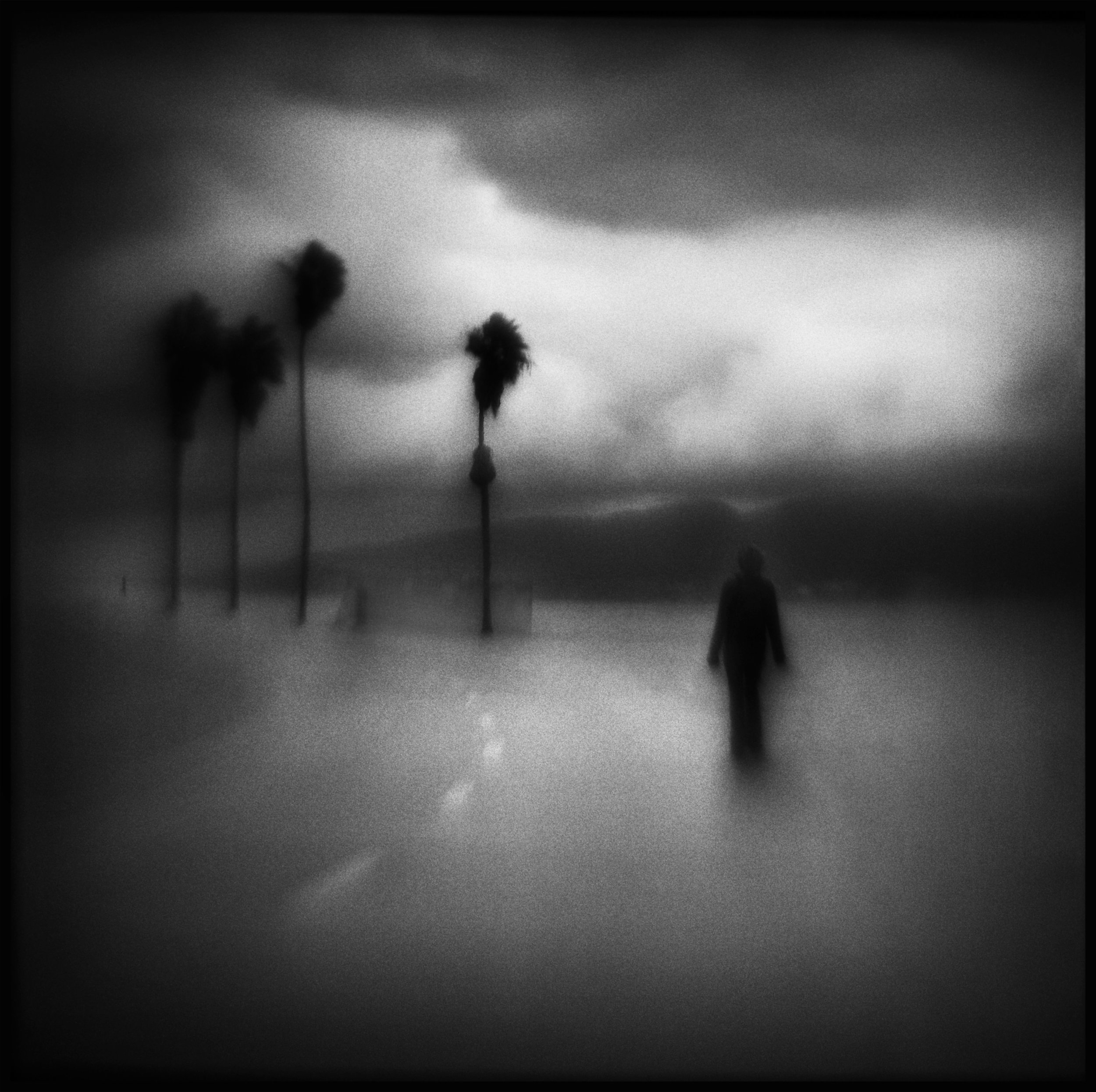

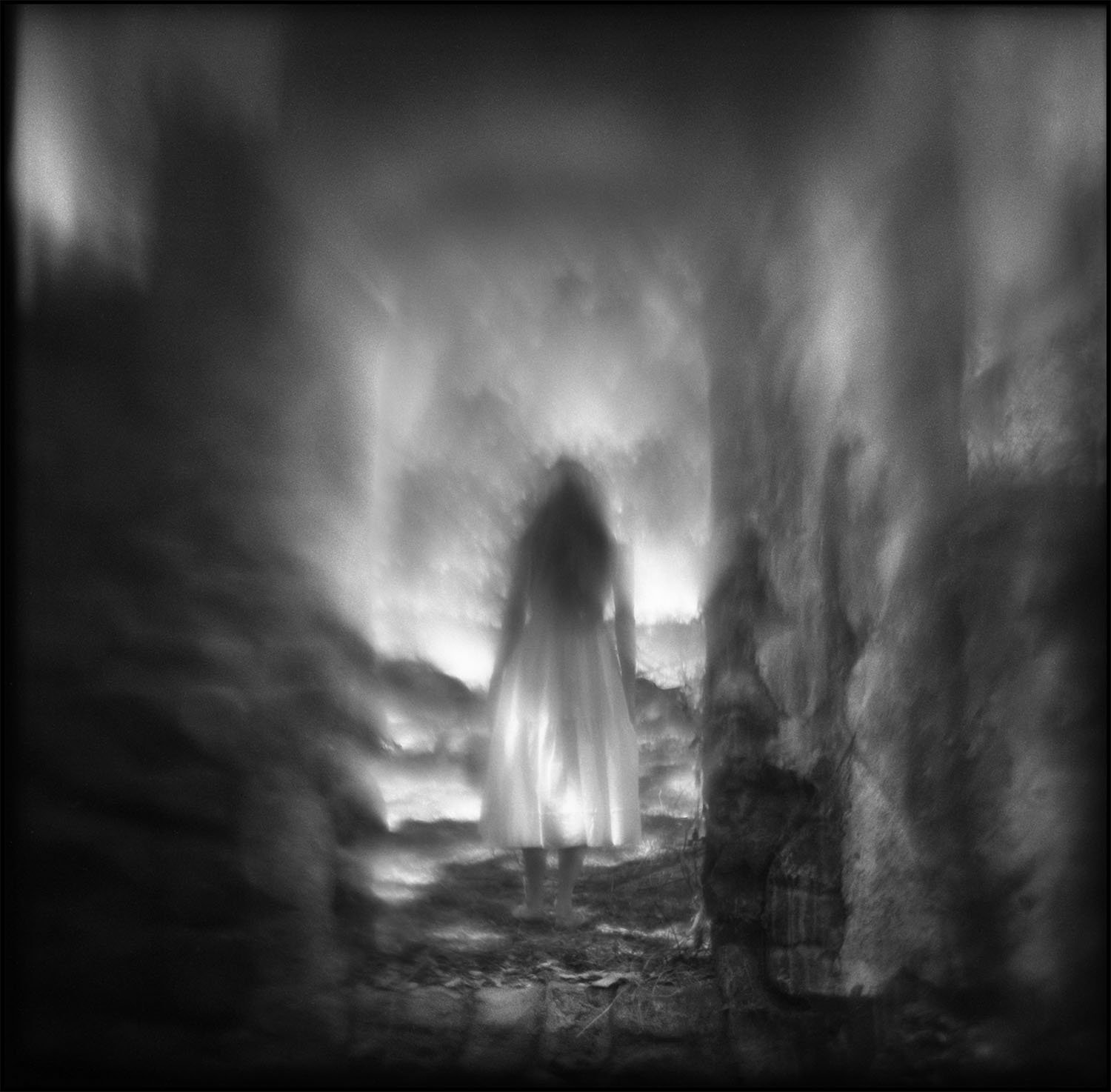
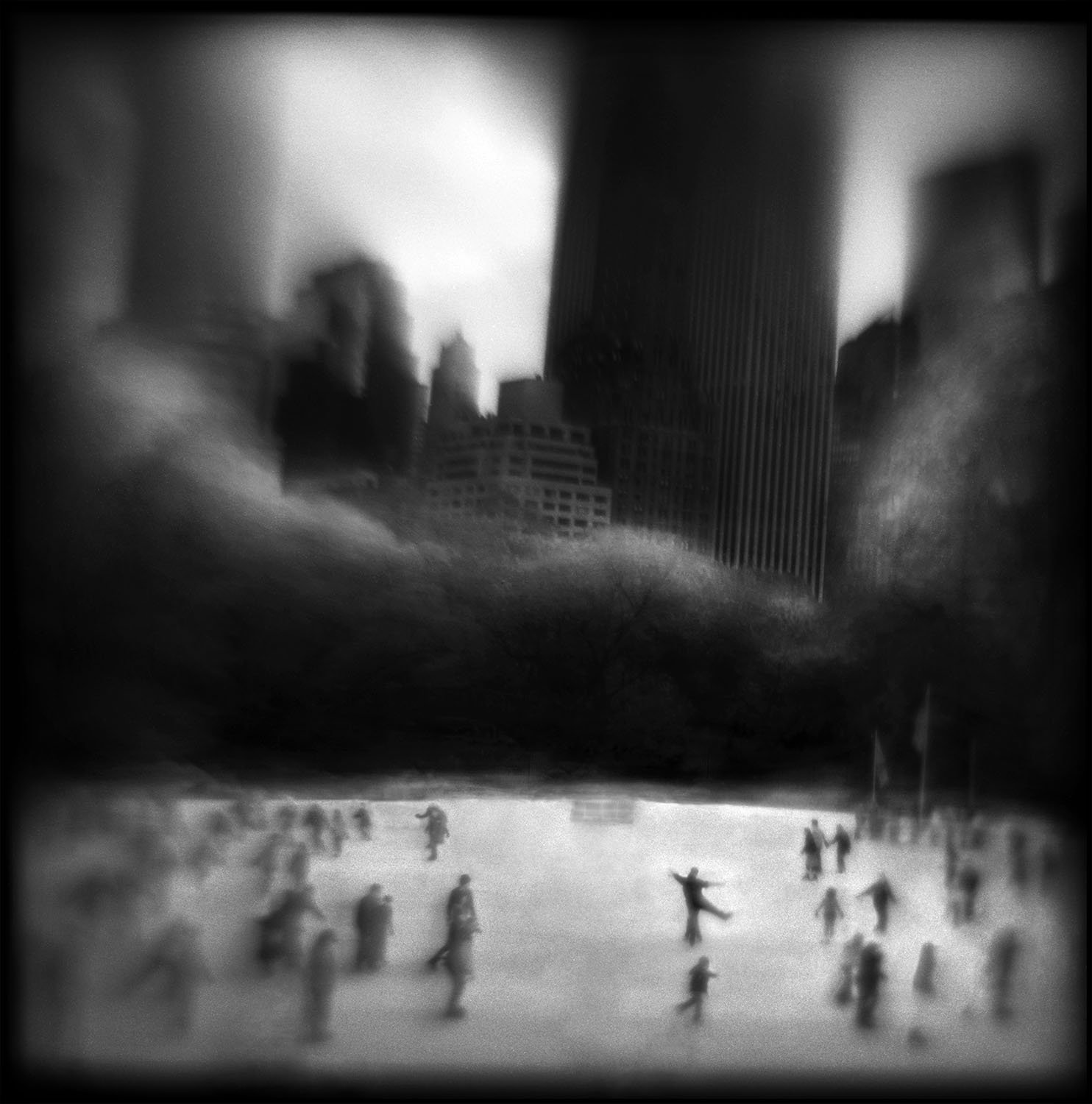
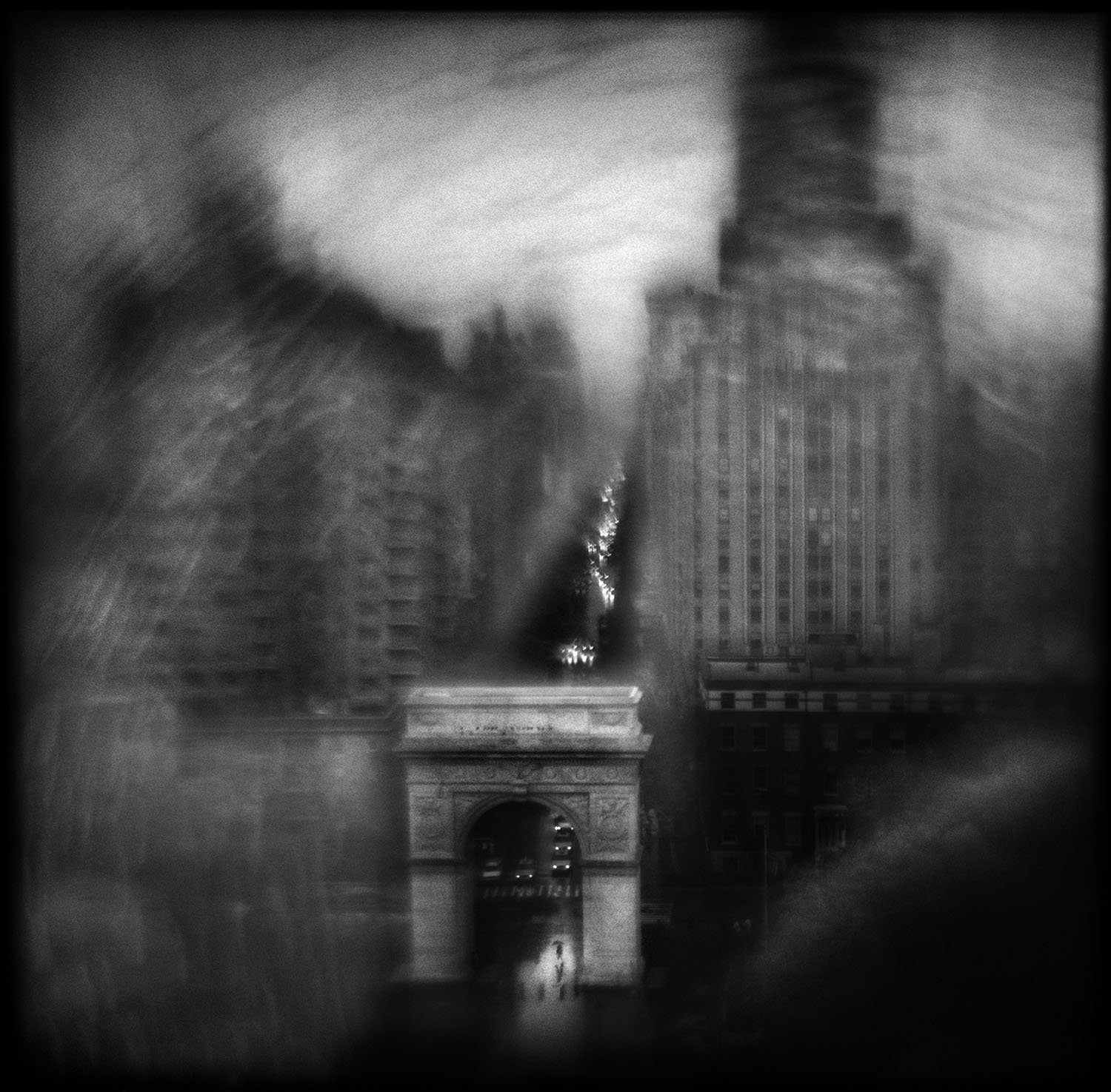
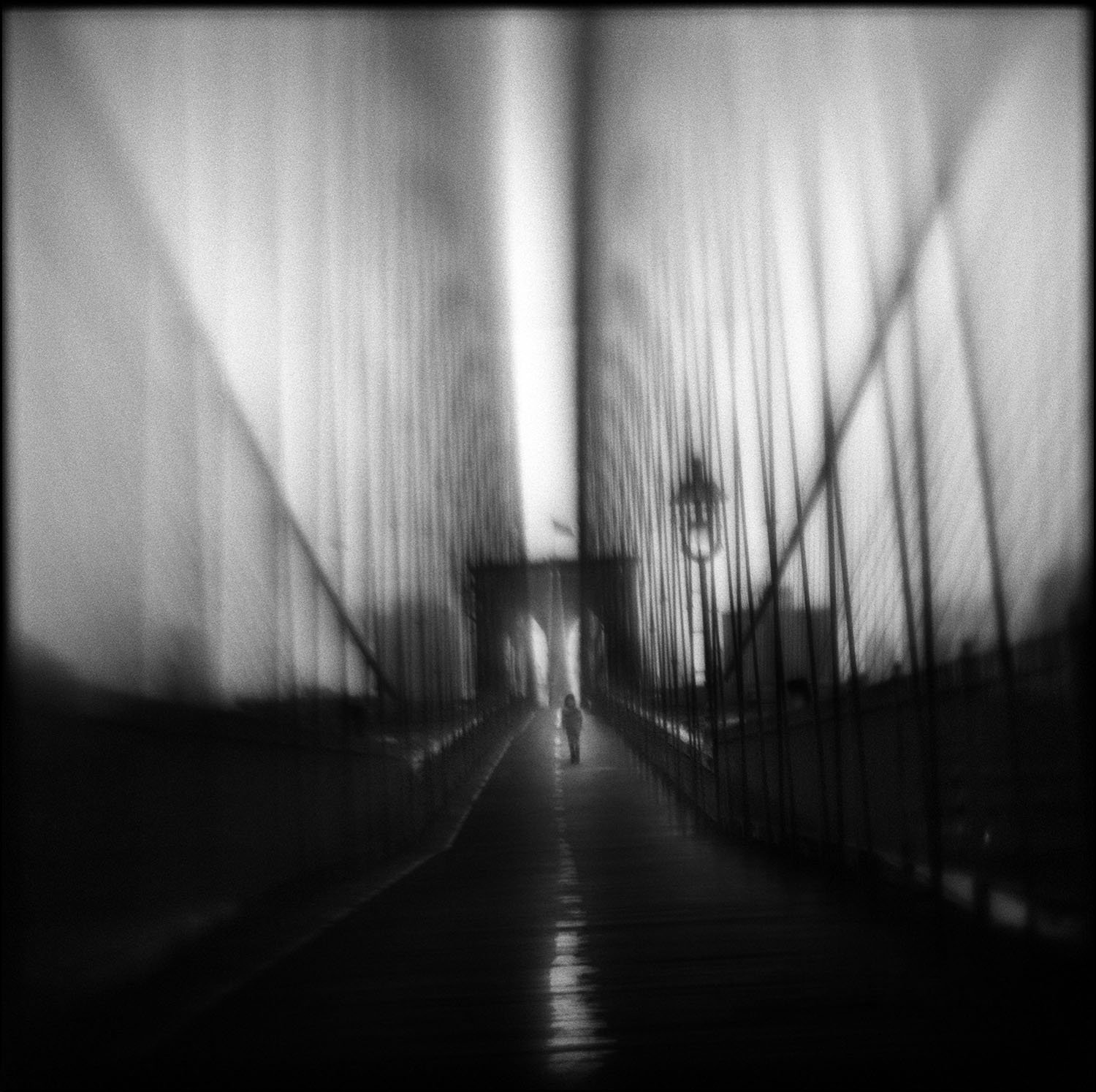
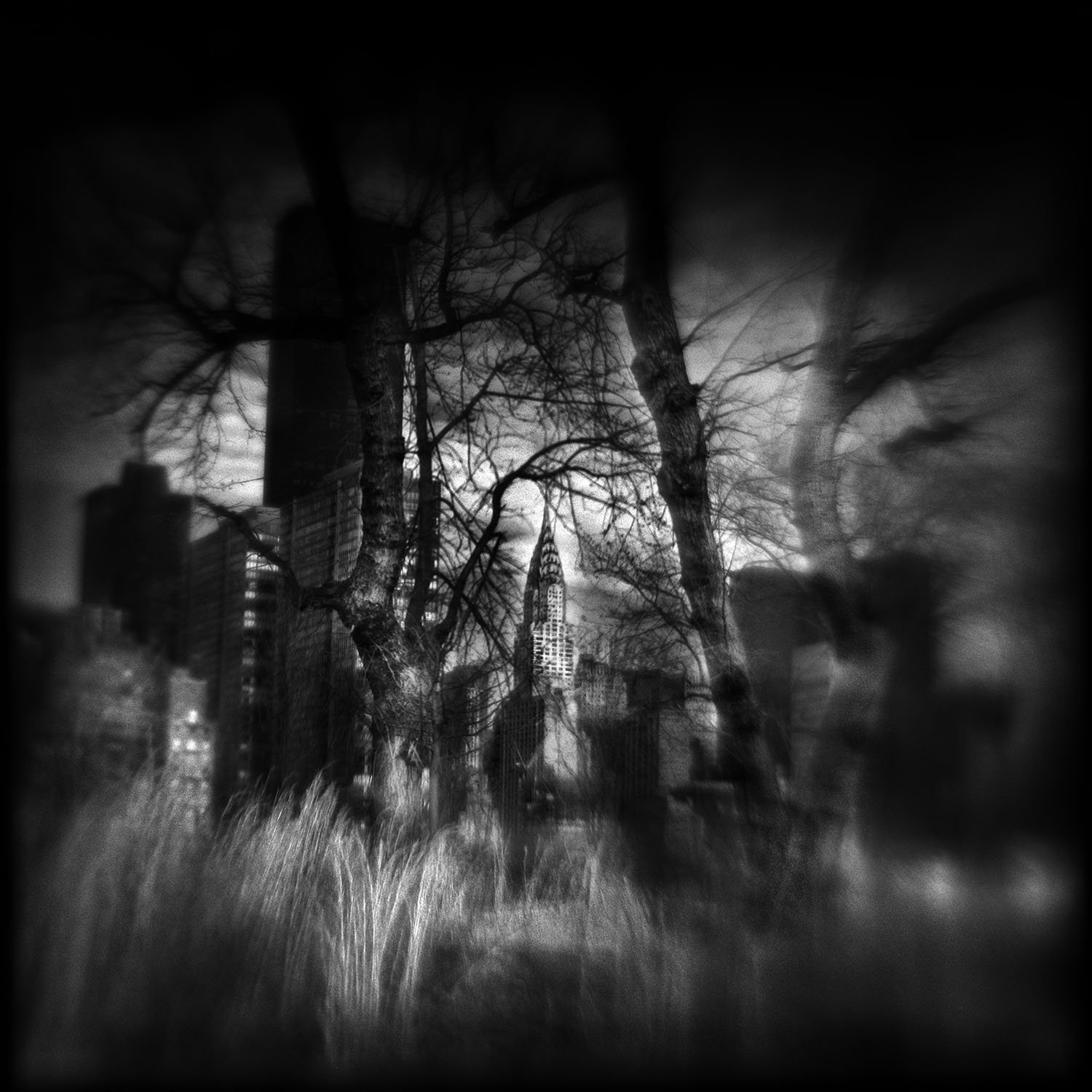
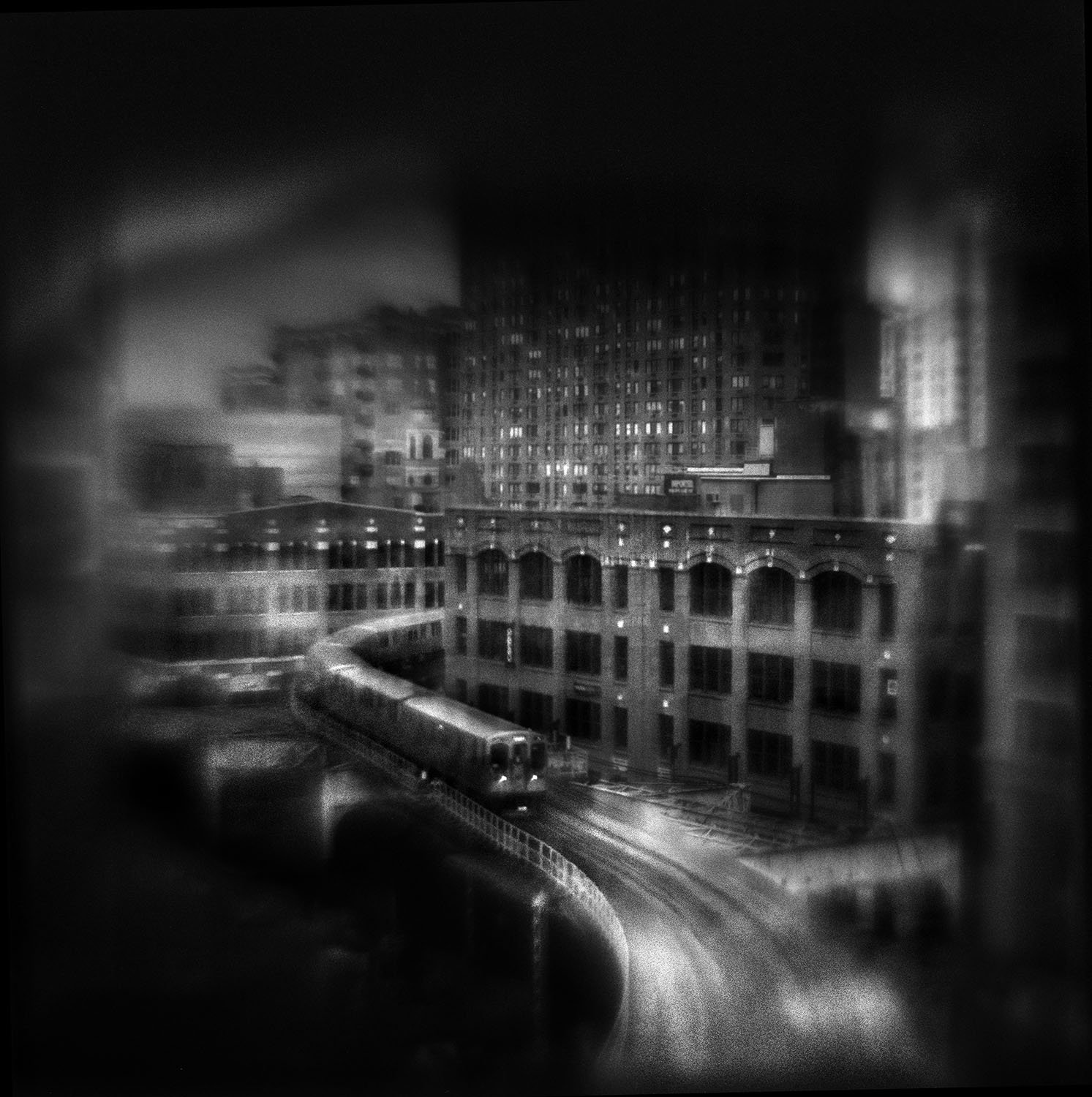
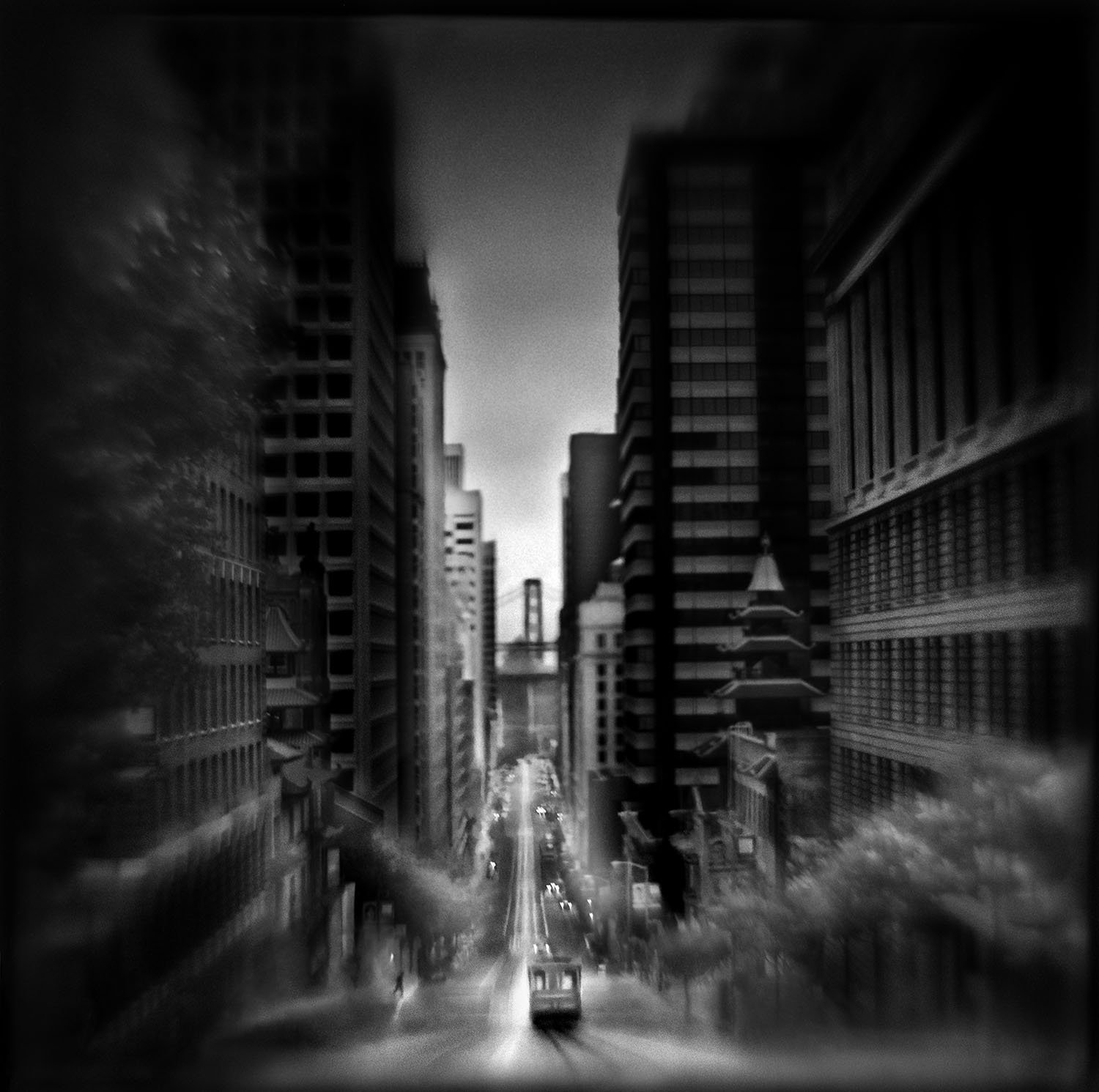
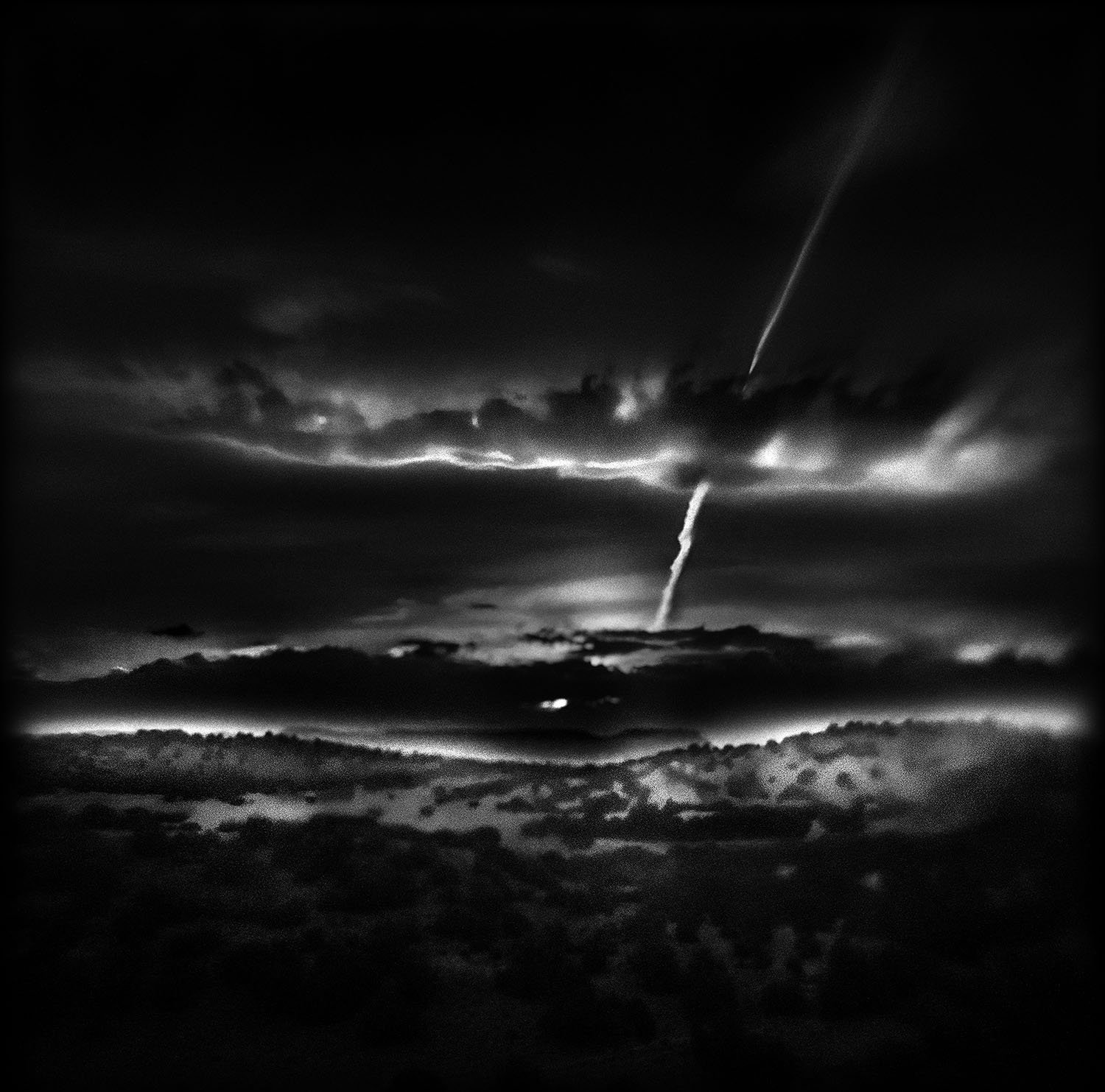









Analog Forever Magazine Edition 11 includes interviews with Robert Stivers, Chad Coombs, Binh Danh, and Susan Goldstein, accompanied by portfolio features of Amisha Kashyap, Vaune Trachtman, Montenez Lowery, Kayhan Jafar-Shaghaghi, Blake Burton, Michael Stenta, William Mark Sommer, and Beihua Guo.